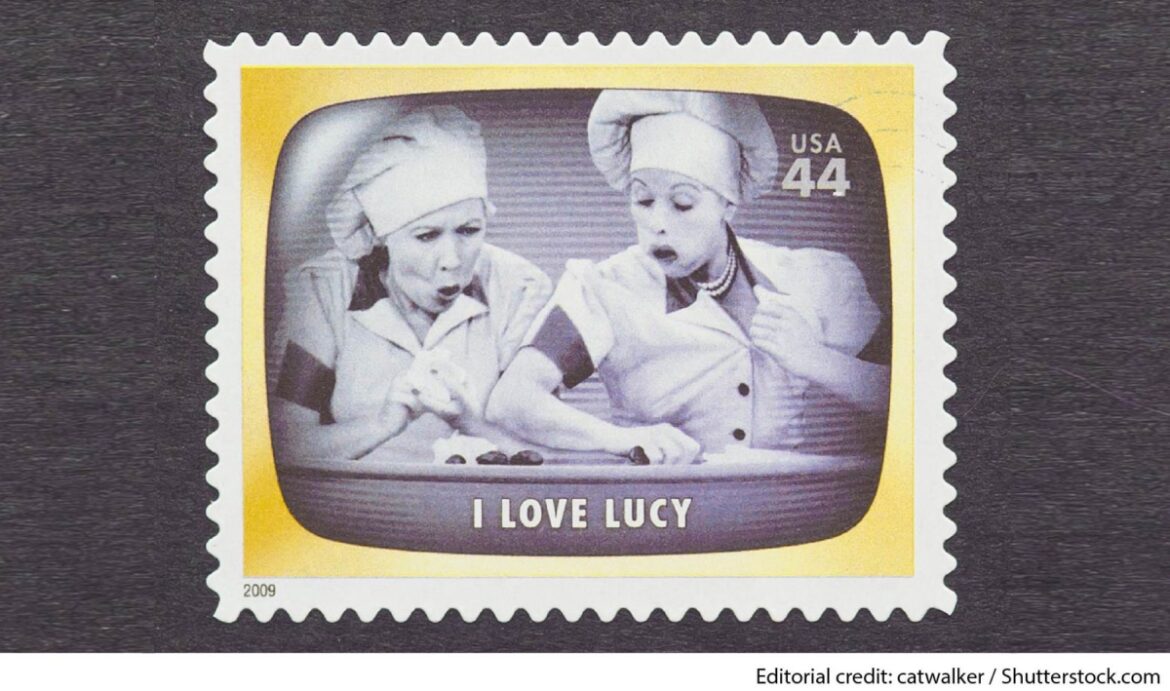Though it may sound a little gauche to say sometimes, television is an art form.
TV, often overshadowed by more traditional forms of art, stands as a legitimate and compelling medium of artistic expression. With narrative complexity, visual prowess, and profound emotional impact, television has solidified its place in the realm of art.
So, you can feel better about settling into your couch in the air conditioning for a break while the heat of August presses against your windows.
This isn’t a new concept. Television as art has been a somewhat accepted viewpoint, from I Love Lucy to Breaking Bad to all the Emmys in-between.
The end of the first season of Game of Thrones, who shot J.R., the finale of MASH, or the live unfolding of Scandoval on Vanderpump Rules… There are moments of television seared into the collective brain of popular culture, and it’s worth keeping your finger on the pulse of what everyone is talking about, at least to some extent.
Themes seen throughout all the art we consume compel us. A hallmark of television’s artistic prowess is its dedication to character development. Over the course of a series, characters evolve and grow, fostering a genuine emotional connection between viewers and the fictional personas. This depth of character is reminiscent of the character studies found in literature and theater, illustrating television’s ability to evoke empathy and introspection.
One genre of Reality TV, transformation television, where a restaurant is saved with new stools and an updated menu, or five gay men descend on a home to revamp it, has an organic draw. “Well, it’s so Shakespearean, if you really think about it. You know: Person in trouble; resists change; goes through a transformation. And then, a happy ending,” Bar Rescue’s Jon Taffer shared with the New York Times.
Television also serves as a potent vessel for social and cultural commentary. Shows like The Handmaid’s Tale and Black Mirror serve as reflections of our society, forcing us to confront uncomfortable truths and ponder the consequences of our actions. By addressing pressing issues and exploring complex themes, these shows underscore television’s capacity to spark meaningful conversations and prompt societal deliberation.
Of course, the making of the television we love takes so many components, from the source material to the casting, and hundreds of little decisions made along the way. As seen in the acclaimed series The Deal, in creating the movie The Godfather the director Francis Ford Coppola described his need to cast Al Pacino as Van Gough’s need for a specific shade of yellow that makes a painting a masterpiece. As director Michelle Danner told ELYSIAN, it takes a village of people to make the artistic content we all adore.
The synergy of the collaborative endeavor results in a final work that transcends its individual components, serving as a testament to the power of collaborative artistic creation, and gives us a great way to enjoy a rainy Sunday.

